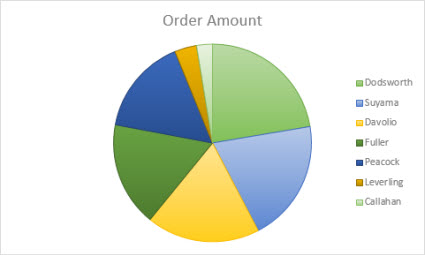

- MICROSOFT EXCEL FOR MAC 2011 COMBO CHART HOW TO
- MICROSOFT EXCEL FOR MAC 2011 COMBO CHART PLUS
- MICROSOFT EXCEL FOR MAC 2011 COMBO CHART SERIES
Icon Sets insert icons into cells based on your conditions. Data Bar draws a small bar graph behind each cell’s values. The 2-Color Scale and 3-Color Scale options color cells based on how their values compare to the conditions you specify. Use the Style pop-up to choose the type of formatting you’d like to apply. This opens the New Formatting Rule window, which is where you define the rule.
MICROSOFT EXCEL FOR MAC 2011 COMBO CHART PLUS
The Manage Rules window will appear click the plus sign at the bottom to add a new rule for your selected range. To get started, select the data range you’re interested in analyzing, then choose Format -> Conditional Formatting.
MICROSOFT EXCEL FOR MAC 2011 COMBO CHART SERIES
Plot the Profit series on the secondary axis. For the Profit series, choose Line as the chart type. For the Rainy Days series, choose Clustered Column as the chart type. Excel 2011 offers a lot of pre-defined conditional formats that can be used with a few mouse clicks. On the Insert tab, in the Charts group, click the Combo symbol. In the past, Conditional Formatting could do this, but you really had to work hard to get the most out of the feature. The greatly-improved Conditional Formatting feature in Excel 2011 is another good tool for revealing trends and key values in your data. Conditional Formatting reveals key values Sparklines show you trends in your data that you might otherwise miss. As with Themes, you can define and save your own Cell Styles, too, making it simple to apply a personal style to any cell. Highlight a cell, or range of cells, and click Styles to see a drop-down panel containing a number of pre-defined styles.įor instance, if you’ve got a range of data that you’re unsure of and want to check later, select the Check Cell style to turn those cells into double-outlined white-on-gray use the Note style to give the selection the appearance of a yellow sticky note. As with Themes, you’ll find Cell Styles on the Home tab of the Ribbon. Themes allow you to easily change the overall appearance of your worksheetĬell Styles Cell Styles are closely related to Themes, but work at the cell level instead of at the worksheet level. Create a custom theme using those fonts and colors, and you’re ready to go. This is ideal for those in corporate environments who may have required settings for fonts and colors in their worksheets. Note, too, that you can save your own theme by using the Save Theme option at the bottom of the theme chooser. In Figure 4, below, you can see the Plot Area of our sample chart filled with a gradient fill (compare with partially visible chart in Figure 1, below).To change your worksheet’s appearance, select a new theme.After selecting the required options, close the Format Plot Area Task Pane.įigure 3: Gradient option set within the Format Plot Area Task Pane While you make changes, you can see a Live Preview of the changes within the selected chart. In Figure 3,below, you can see the Format Plot Area Task Pane with the gradient setting options we chose for our sample chart's Plot Area. Select the required gradient edit option from the Format Plot Area Task Pane.For more info on gradient edit options, refer to points 4- A to 4- E in our More Gradients in PowerPoint 2013 tutorial. The only exception is the Rotate with shape option, that is unavailable for the Plot Area since chart elements cannot be rotated. All gradient fill options within the Format Plot Area Task Pane work similar to gradient fill options within the Format Shape Task Pane.This action applies a gradient fill to the Plot Area of the selected chart, and also opens the gradient editing options within the Format Plot Area Task Pane, as shown highlighted in green within Figure 2. In this Task Pane, click the Fill & Line button, highlighted in red within Figure 2, and click the Gradient fill radio button, highlighted in blue within Figure 2. Doing so opens the Format Plot Area Task Pane, as shown in Figure 2, below.Make sure you then deselect anything in the chart, and then right-click on the edge of the Plot Area. If you do not get the Format Plot Area option in the contextual menu, you may have right-clicked on another chart element. In this contextual menu, select the Format Plot Area option (refer to Figure 1 again). Now, carefully right-click the Plot Area to bring up a contextual menu as shown in Figure 1, below.If you don't have an existing chart, insert a new chart in your slide. Select the chart that you want to format the Plot Area for. Open your presentation in PowerPoint 2013 for Windows.
MICROSOFT EXCEL FOR MAC 2011 COMBO CHART HOW TO
In this tutorial, let us learn how to apply a gradient fill to the Plot Area of a chart: Such a gradient fill can provide a great, understated backdrop for your chart.

Although most gradients tend to use brighter colors, you can very well use neutral or muted colors.

Gradients are typically blended fills between two or more colors.


 0 kommentar(er)
0 kommentar(er)
